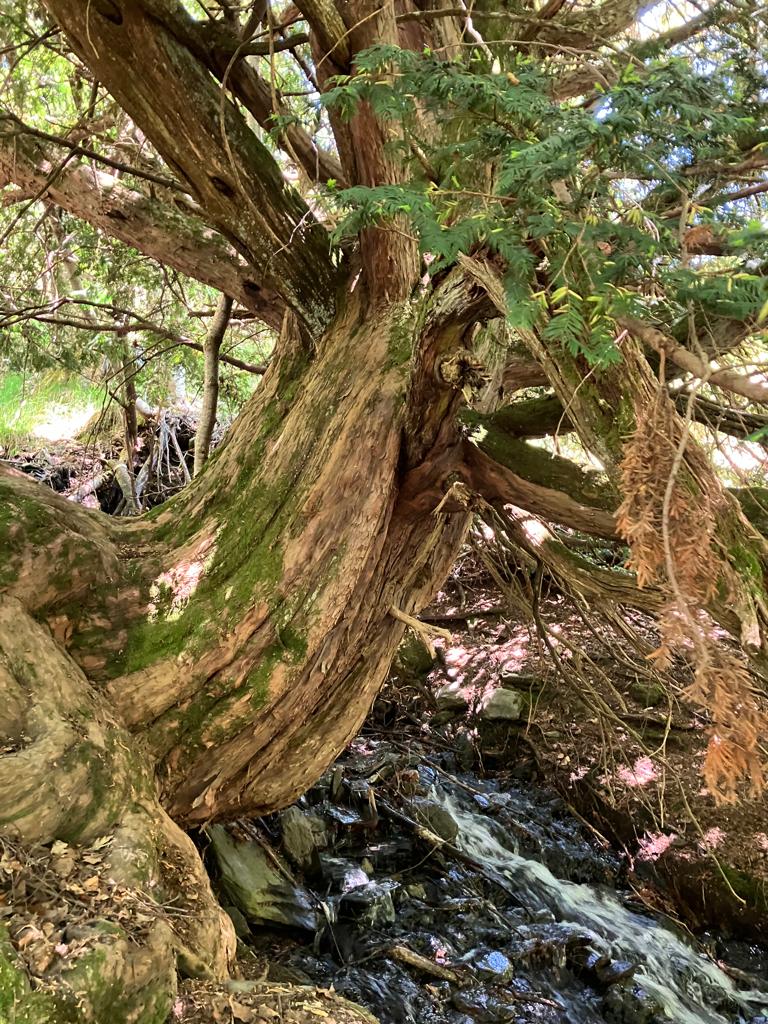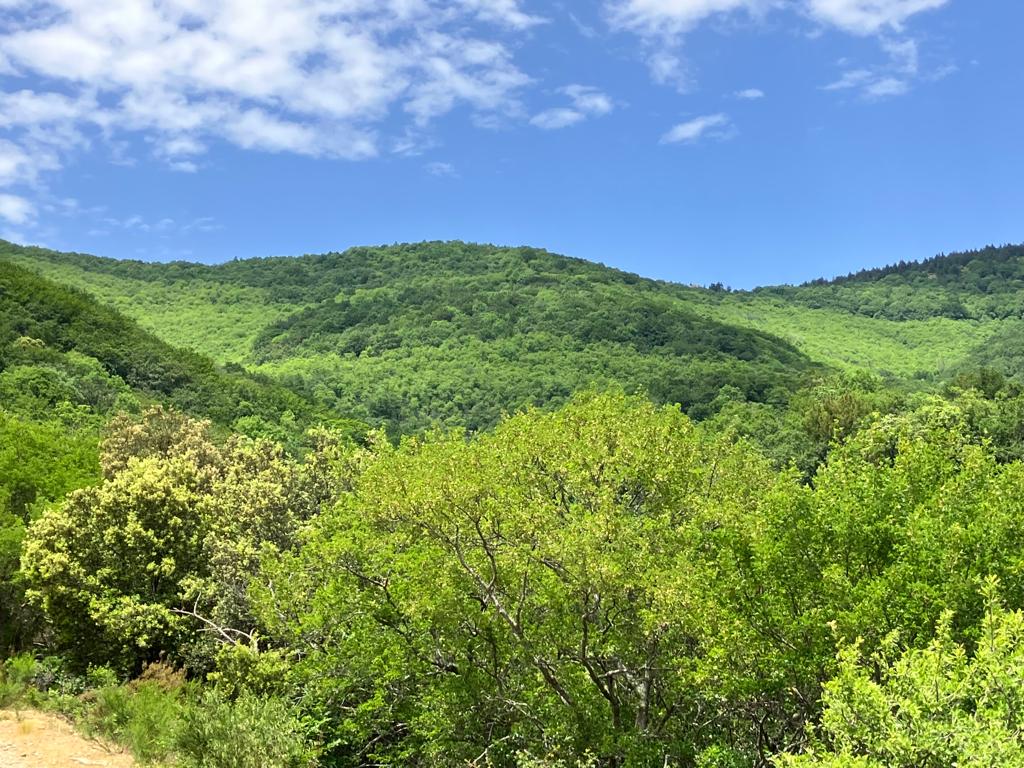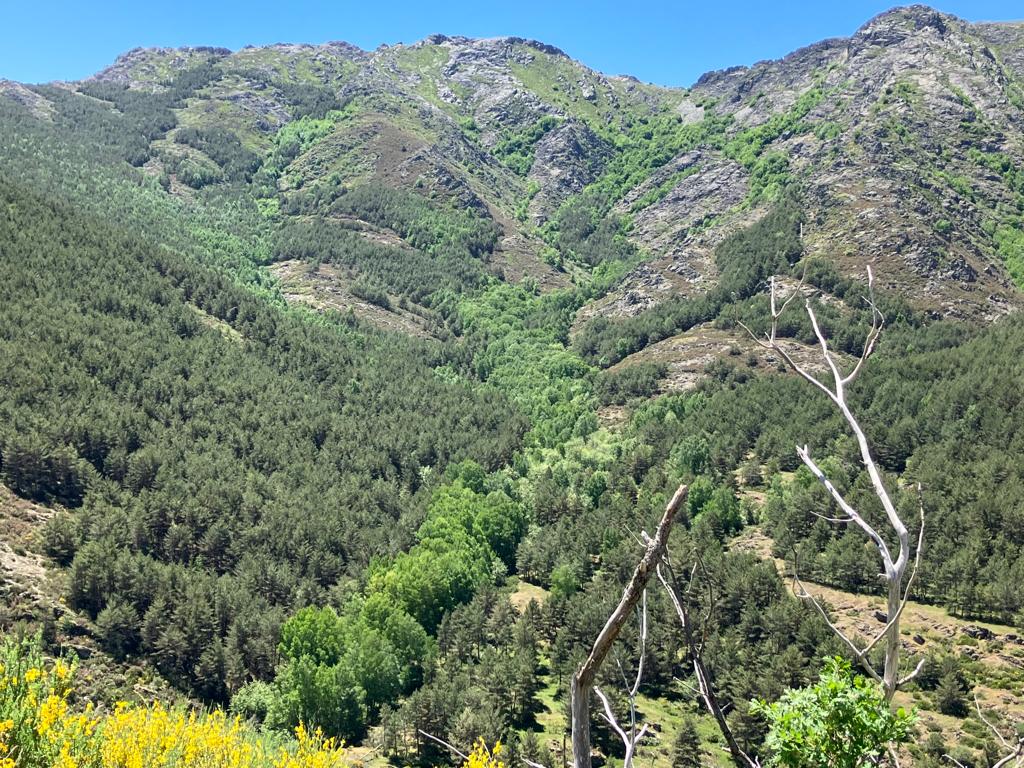What are climate shelters?
A climate shelter is a natural or an urban area with benign environmental conditions that offer protection from an unfavourable situation, such as too much heat, a shortage of water or a lack of access to suitable habitat. Climate shelters can be located in parks, promenades or avenues with trees and with fountains or access to natural water, such as a river or the sea. Each climate shelter’s conditions determine how well suited it is to different species — including humans — depending on their respective needs.
As part of the Magnet partnership between CREAF and J. M. Peramàs School in Mataró, four volunteers from CREAF, Mireia Banqué, Josep Barba, Florencia Florido and Albert Vilà, have prepared a teaching guide geared to the school’s fifth-year primary students (aged 9 to 10) finding out whether the parks in their town could serve as climate shelters. On a field trip, the young researchers discovered sites in Mataró with conditions likely to mitigate the impact of climate change. They also learned that trees and water are basic requirements for a climate shelter.

Any area with trees and permanent water points can be a climate shelter. That has frequently proved to be the case this summer, in which there have been multiple heatwaves over a period of more than three months.
JOSEP BARBA, CREAF researcher
The following indicators are used to gauge the quality of a potential climate shelter:
- Percentage of natural shade from trees and bushes.
- Percentage of natural surface cover.
- Drinking water for people and sources of water for animals, such as pools or ponds.
- A landscape with varying contours and orientations, forming hills, small valleys, etc. This is conducive to the presence of microhabitats that can act as climate shelters.
- Vegetation type: deciduous species provide shade in summer and let sunshine through in winter. Species with broad leaves cast more shadow. Autochthonous species are better suited to the Mediterranean climate and do not need to be watered regularly or abundantly, reducing water consumption.
- Habitat, with resting and hiding places to rest and sleep undisturbed, hide from predators, etc.
- Interaction between domestic and wild animals: in urban parks, one of the greatest problems wild species face is encounters with domestic animals, such as dogs off leads or groups of cats.

The researchers Albert Vilà and Josep Barba agree that there are differences between climate shelters in cities and in natural settings. Vilà says that nature is heterogeneous, offering a wide variety of microenvironments that can serve as climate shelters; in cities, in contrast, such variety does not exist. Barba, meanwhile, explains that a climate shelter in natural surroundings can be connected to other natural ecosystems, making it much more accessible, whereas an urban climate shelter might be far more isolated. Accessibility is a major factor in determining which species can make use of a given climate shelter, as researcher Jofre Carnicer’s study on the survival of butterflies in La Fageda d’en Jordà beech forest shows.



In towns and cities, the urban heat island effect is a particularly concerning issue, as it increases the risk of heatstroke in humans and other animals, as well as of harmful overheating in plants. With that in mind, projects such as Uforest and Clearing House are aiming to establish climate shelters in cities in the form of urban forests, and others, such as Transformem els patis, are looking to fill school playgrounds with natural elements.
Who benefits from climate shelters?
All species can benefit from climate shelters. Humans are no exception, as our needs are much the same as those of other animal species and plant species: somewhere to cool off in summer, warm up in winter, rest and sleep, and eat and drink.
In Catalonia, there are many tree species that are only found in hollows in valleys and gullies, where their needs are met; an example is the yew trees in Montserrat’s gullies. CREAF is studying the yew populations of Montserrat, a massif that is hot and dry but nonetheless has shelters with suitable moisture and temperature conditions in gullies on its northern face. As far as humans are concerned, there are certain groups for whom the benefits of climate shelters are greater, such as the elderly and the populations of areas with more extreme climates.

Populations situated on the outer limits of the distribution of their species in terms of climate conditions, such as some of the Iberian Peninsula’s beech and yew populations, exist precisely because there are shelters that enable them to survive in regional environments poorly suited to their species.
ALBERT VILÀ, CREAF researcher
Climate shelters are becoming increasingly important in the face of global change, with Earth suffering the consequences of human activities, including industrialization, air and water pollution, deforestation, intensive farming and the displacement of species. One of the most serious consequences is the warming of the planet’s climate, entailing higher temperatures and extreme climate events. In the Mediterranean, for example, droughts, heatwaves and torrential rainstorms are expected to become more severe and more frequent. Such changes in the climate can have a highly negative impact on plants, animals and humans, and climate shelters offer environmental conditions in which they can all take refuge from the adverse effects of climate change.

This article was written with the assistance of Albert Vilà, Josep Barba and Mireia Banqué.







